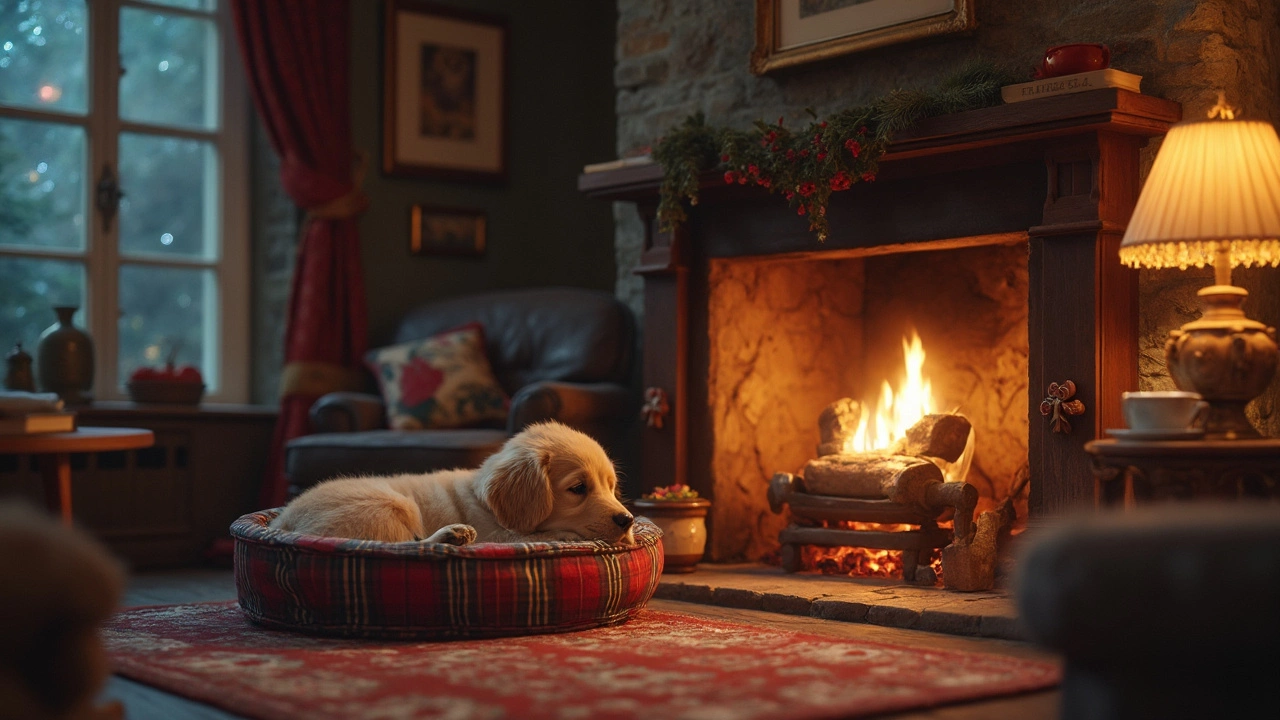Puppy Bedtime: Simple Steps for a Calm Night
Did you know most puppies won’t settle on their own until they’re about eight weeks old? That’s why a solid bedtime plan matters. A few easy habits can turn restless evenings into smooth, sleepy nights for both you and your pup.
Setting Up the Perfect Sleep Space
Start with a safe, cozy crate. It should be just big enough for your puppy to stand, turn, and lie down – not a full-size dog bed that lets them wander. Add a soft blanket or a crate cover to create a den‑like feel. A cover blocks drafts and reduces visual stimulation, helping the pup feel secure.
Keep the temperature comfortable – around 68‑72°F (20‑22°C) is ideal. Too cold triggers shivering, too warm leads to restlessness. If the room is chilly, a lightweight sweater works, but avoid heavy blankets that could overheat.
Place the crate in a low‑traffic area, away from loud TV or kitchen clatter. A quiet corner with a night‑light gives them a sense of security without bright glare.
Building a Consistent Bedtime Routine
Dogs thrive on predictability. Pick a cue – a short phrase like “Bedtime now” or a gentle hand motion – and use it every night. Pair the cue with a quick pre‑sleep ritual: a brief walk, a bathroom break, and a calm petting session.
Limit water intake about an hour before bed to reduce nighttime bathroom trips. Offer a final drink, then remove the bowl. A quick potty break right before closing the crate door can prevent accidents.
After the cue, dim the lights and play soft background noise – a fan, white noise, or low‑volume classical music. This masks sudden sounds that might startle a sleeping puppy.
Stick to the same bedtime each night. Consistency trains the internal clock, so the pup learns when it’s time to wind down. If you miss a night, gently bring the routine back – dogs forgive, but they respond best to regularity.
When you first close the crate, stay nearby for a few minutes. Let the puppy hear your calm breathing or a gentle hum. If they whine, wait a moment before opening the door – responding immediately reinforces the whine. A brief pause teaches them that quiet leads to staying inside.
Remember, patience pays off. Some puppies adjust in a few days, others take a week or more. Stay consistent, keep the environment calm, and celebrate small wins – a full night of sleep or a quiet stretch in the crate.
With a snug crate, a simple cue, and a predictable routine, your puppy will learn that bedtime means safety, comfort, and rest. Soon both of you will look forward to those peaceful evenings and wake up ready for the next adventure together.
- Morgan Ainsworth
- 0 Comments
Where Should a Puppy Sleep at Night? Tips for a Peaceful Snooze
Discover the best sleeping arrangements for your puppy to ensure a restful night for both of you. Learn about crate training, the benefits of a comfortable bed, and how location impacts your puppy's sleep. Explore tips to create a soothing bedtime routine that helps your pup feel secure and relaxed.
View More
